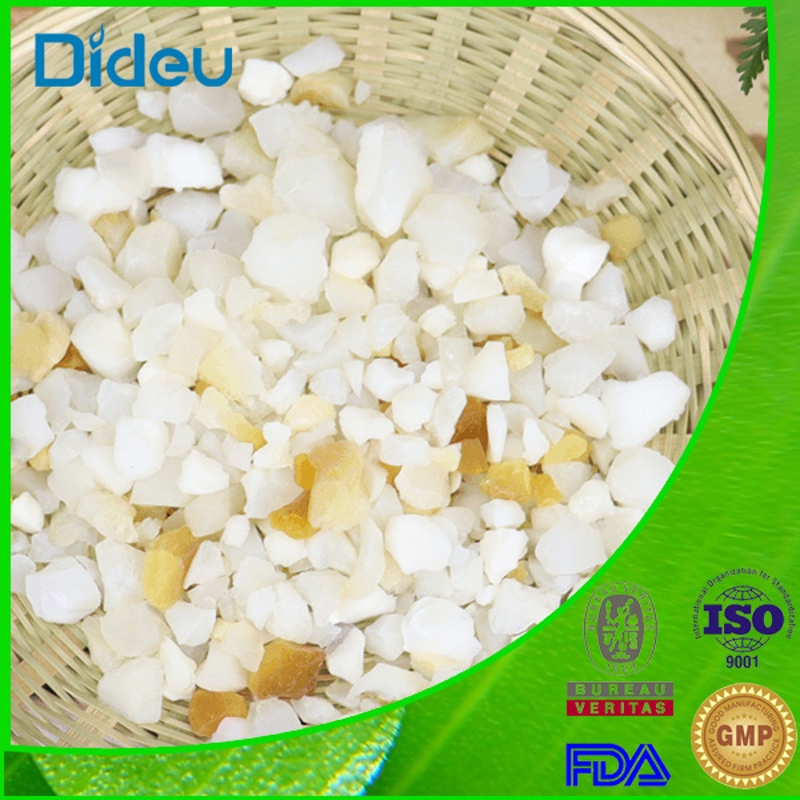-
Categories
-
Pharmaceutical Intermediates
-
Active Pharmaceutical Ingredients
-
Food Additives
- Industrial Coatings
- Agrochemicals
- Dyes and Pigments
- Surfactant
- Flavors and Fragrances
- Chemical Reagents
- Catalyst and Auxiliary
- Natural Products
- Inorganic Chemistry
-
Organic Chemistry
-
Biochemical Engineering
- Analytical Chemistry
-
Cosmetic Ingredient
- Water Treatment Chemical
-
Pharmaceutical Intermediates
Promotion
ECHEMI Mall
Wholesale
Weekly Price
Exhibition
News
-
Trade Service
Acetylcedrene, also known as 3,3-dimethyl-2-butenal, is a versatile chemical compound that is commonly used in the production of a variety of industrial and consumer products, including fragrances, flavorings, and plastics.
The synthetic routes for producing acetylcedrene can vary, but there are several methods that are commonly used in the chemical industry.
One of the most common methods for synthesizing acetylcedrene involves the use of a chemical reaction known as the Cannizzaro reaction.
This reaction involves the disproportionation of dimethyl acetaldehyde, which is produced by the reduction of acetyl chloride, into acetylcedrene and methanol.
The Cannizzaro reaction is a widely used method for synthesizing acetylcedrene due to its simplicity and high yield.
Another synthetic route for acetylcedrene involves the use of the Grignard reaction.
In this reaction, a Grignard reagent, which is a organomagnesium compound, is treated with an alkyl halide in the presence of a base to form an aldehyde.
The aldehyde is then reduced using hydrogen in the presence of a catalyst, such as palladium on barium oxide, to produce acetylcedrene.
This method is commonly used in industrial production due to the low cost and availability of the reagents.
A third synthetic route for acetylcedrene involves the use of a chemical reaction known as the Wolff-Kishner reduction.
In this reaction, a ketone is treated with hydrazine and a base in the presence of a catalyst, such as tin chloride, to reduce the ketone to an aldehyde.
The aldehyde is then treated with water and a base, such as sodium hydroxide, to produce acetylcedrene.
This method is commonly used in the laboratory due to its mild conditions and high yield.
In addition to the above synthetic routes, there are several other methods that have been developed for the synthesis of acetylcedrene, such as the hydroformylation of butene, the reduction of acetyl chloride with lithium aluminum hydride, and the Wurtz-Fittig reaction.
These methods may be used in specific applications or may be preferred due to economic or technical reasons.
Overall, there are several synthetic routes for producing acetylcedrene, and the specific method used will depend on the desired yield, purity, and cost, as well as the availability and cost of the reagents and catalysts.
The Cannizzaro reaction, Grignard reaction, and Wolff-Kishner reduction are some of the most commonly used methods for synthesizing acetylcedrene in the chemical industry, and each has its own advantages and disadvantages.







